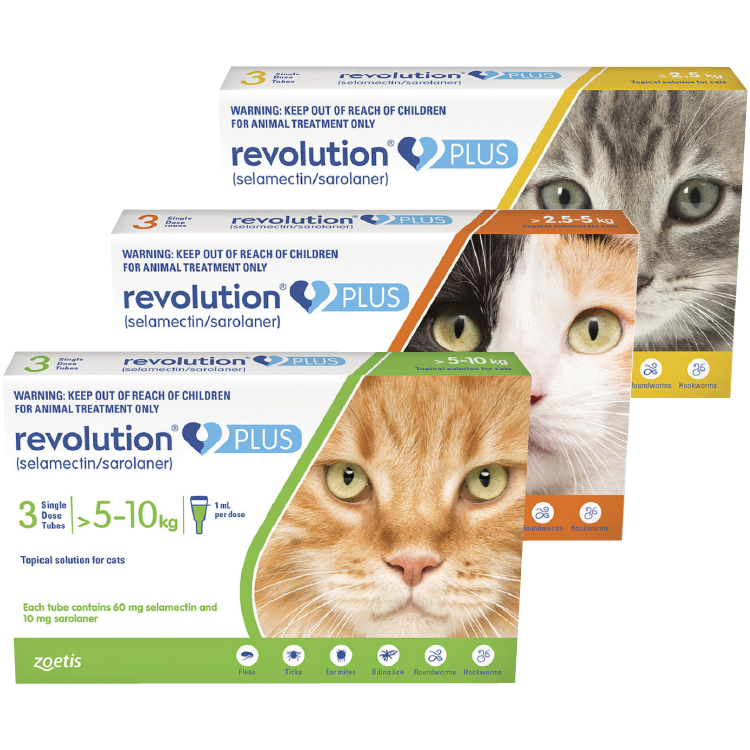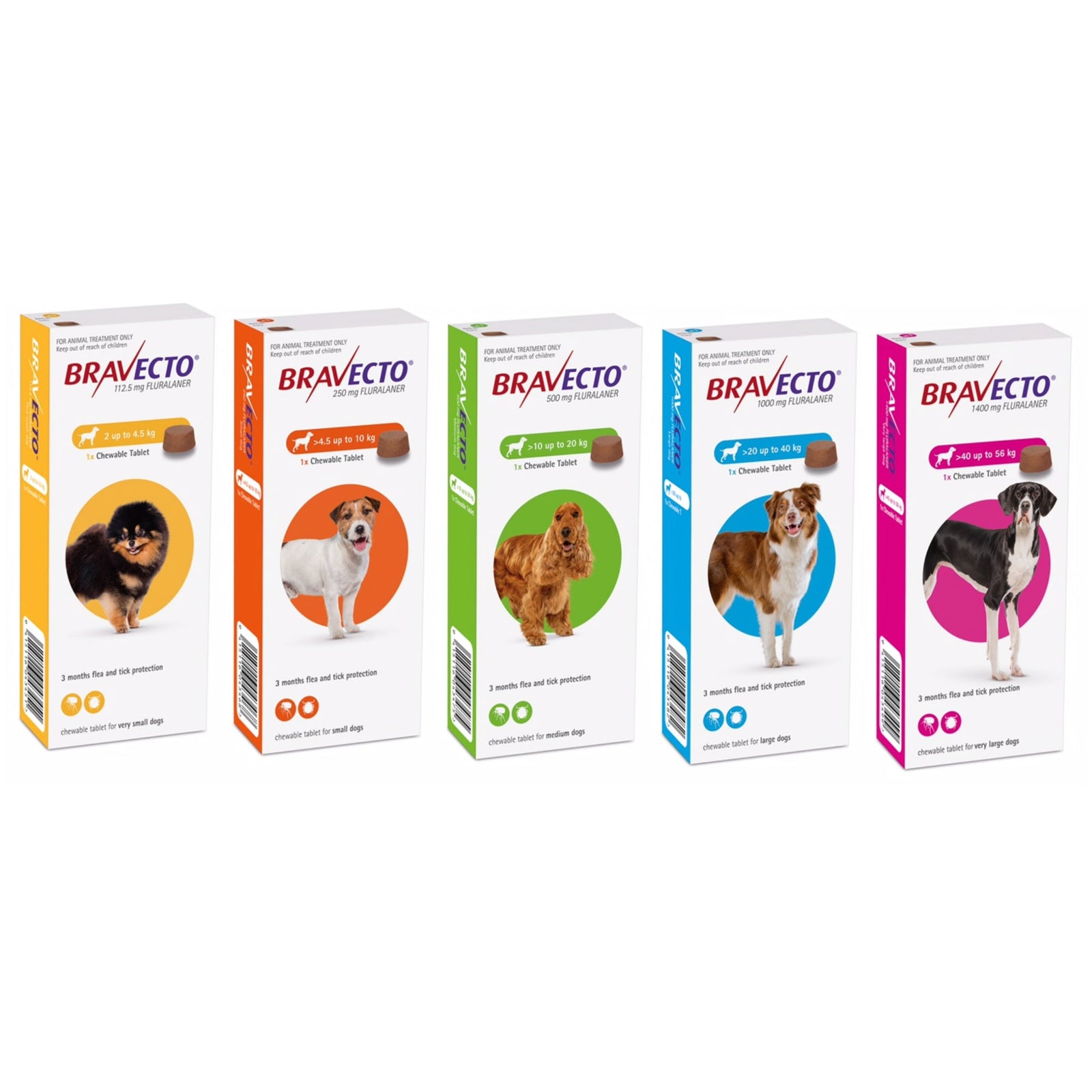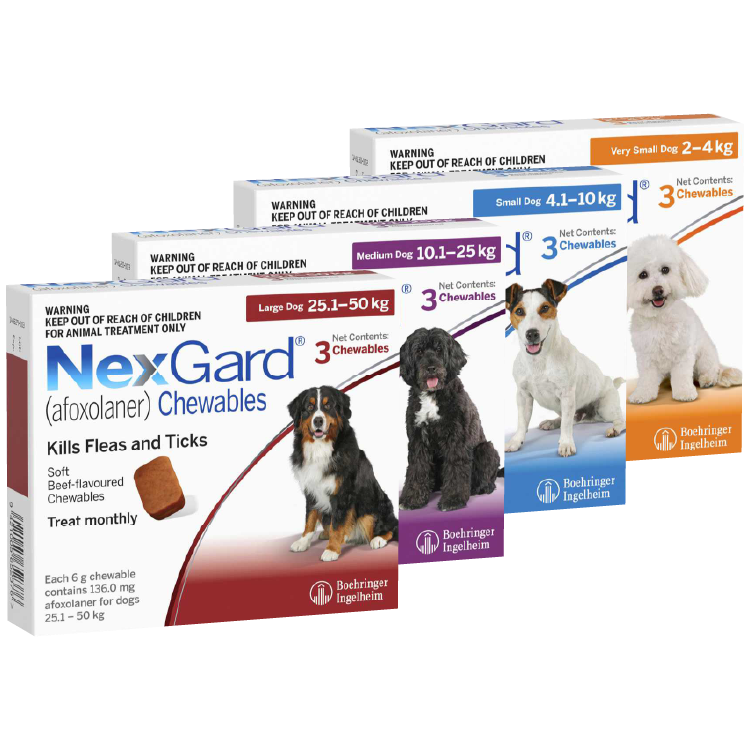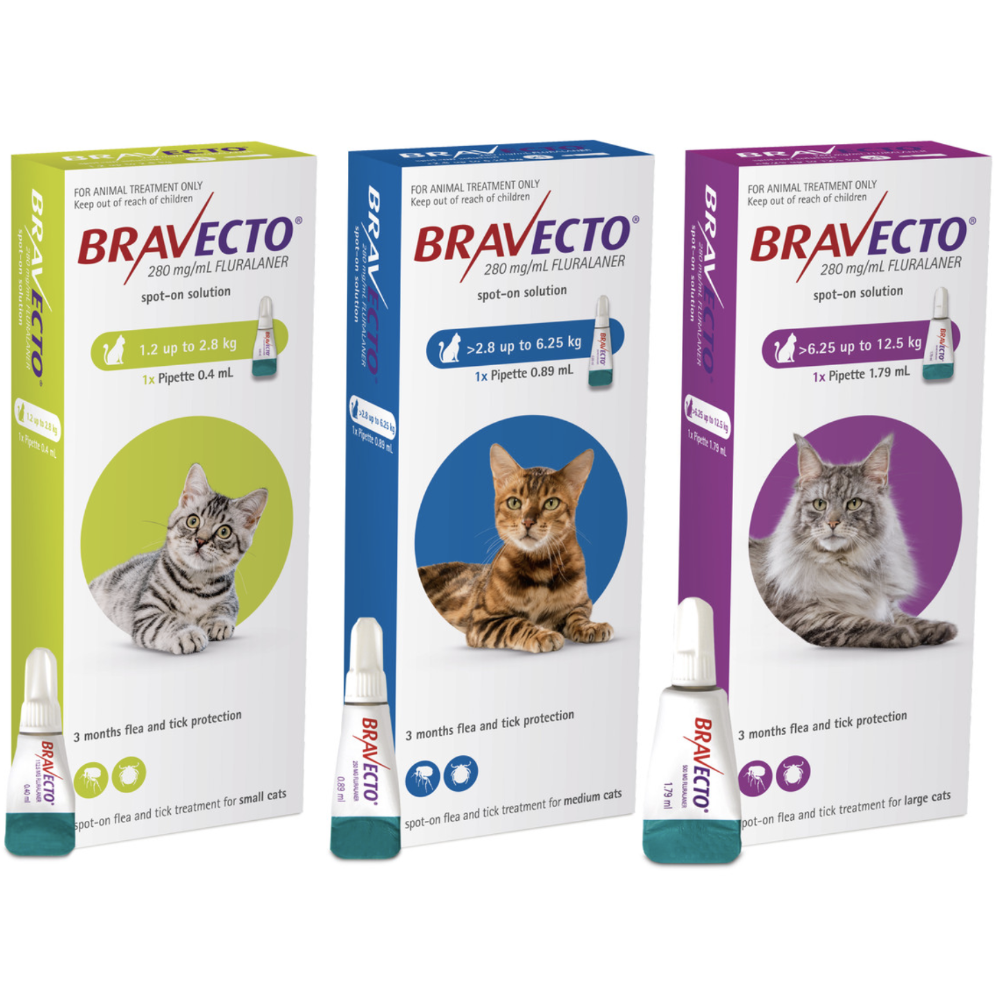NZ-Owned & Vet-Led | 100% Money-Back Guarantee | FREE Shipping
NZ-Owned & Vet-Led | 100% Money-Back Guarantee | FREE Shipping
Add description, images, menus and links to your mega menu
A column with no settings can be used as a spacer
Link to your collections, sales and even external links
Add up to five columns
Add description, images, menus and links to your mega menu
A column with no settings can be used as a spacer
Link to your collections, sales and even external links
Add up to five columns
Tick risk in Australia: where and when to protect pets
August 18, 2025 2 min read

Introduction
Tick risk is not the same everywhere. Coastal and bushy areas of the east coast are well known, but pets can encounter ticks in other regions too, especially after warm, wet weather. Use the outline below to plan checks and prevention for your household.
Where risk is higher (general guide)
-
East coast and hinterland: Queensland through New South Wales into eastern Victoria.
-
Bushland and scrub: Edges of reserves, coastal tracks, and wildlife corridors.
-
Warm, humid microclimates: Shady gardens, long grass, leaf litter, and kennels.
-
Travel hotspots: Holidays to coastal or bush regions, camping trips, and visits to friends with large gardens.
Local conditions change. Ask your vet about current risk where you live and travel. If in doubt, protect before trips.
When risk is higher
-
After rain and warm weather.
-
During spring and summer in many regions, noting local variation.
-
Around wildlife movement periods, when ticks are more likely in gardens and parks.
How to plan protection
-
Use a proven tick product matched to species, age, and weight. Dose on time.
-
Add daily hands-on searches in risk seasons or after hikes and beach trips.
-
Keep grass short, trim dense shrubs, and avoid heavy scrub when possible.
-
Set a phone reminder so you do not miss doses, especially when travelling.
Travel checklist
-
Dose a few days before you go so protection is active.
-
Pack your next dose if travel overlaps the due date.
-
Do a full tick search each evening away and again when you get home.
-
Wash bedding and vacuum the car after trips.
Products we trust
-
Dogs: Simparica Trio Chewable Tablet for Dogs — monthly tick and flea control plus heartworm prevention and intestinal worms.
-
Dogs: NexGard Chewables for Dogs — monthly tick and flea control; great for swimmers when used as directed.
-
Cats: Revolution Plus Spot-On for Cats — monthly tick and flea coverage when used as directed.
Safety basics
-
Dog products for dogs only. Never use a dog product on a cat.
-
Match the weight band and minimum age on the pack.
-
Some dog spot-ons advise keeping cats away from recently treated dogs. Follow label advice.
FAQ
We live inland. Do we still need tick prevention?
Discuss local risk with your vet. Many families travel to the coast or bush, which can expose pets even if home risk is low.
Should I switch products just for a holiday?
Often you can stay with your usual product if it covers ticks and you give it on time. If not, ask your vet about options.
What should I do after a weekend away in a risk area?
Do a full tick search that night and the next morning, wash bedding, and vacuum the car.
If you want help matching a product and schedule to your location or travel plans, our vet-led team can map it out with you.
Feargus McConnell
Also in Dr. Feargus’ Australian Pet Health Blog

Pet dental care at home | Easy brushing guide
August 21, 2025 2 min read
A simple Australian guide to brushing your dog or cat’s teeth. What you need, step‑by‑step instructions, and when to see your vet.
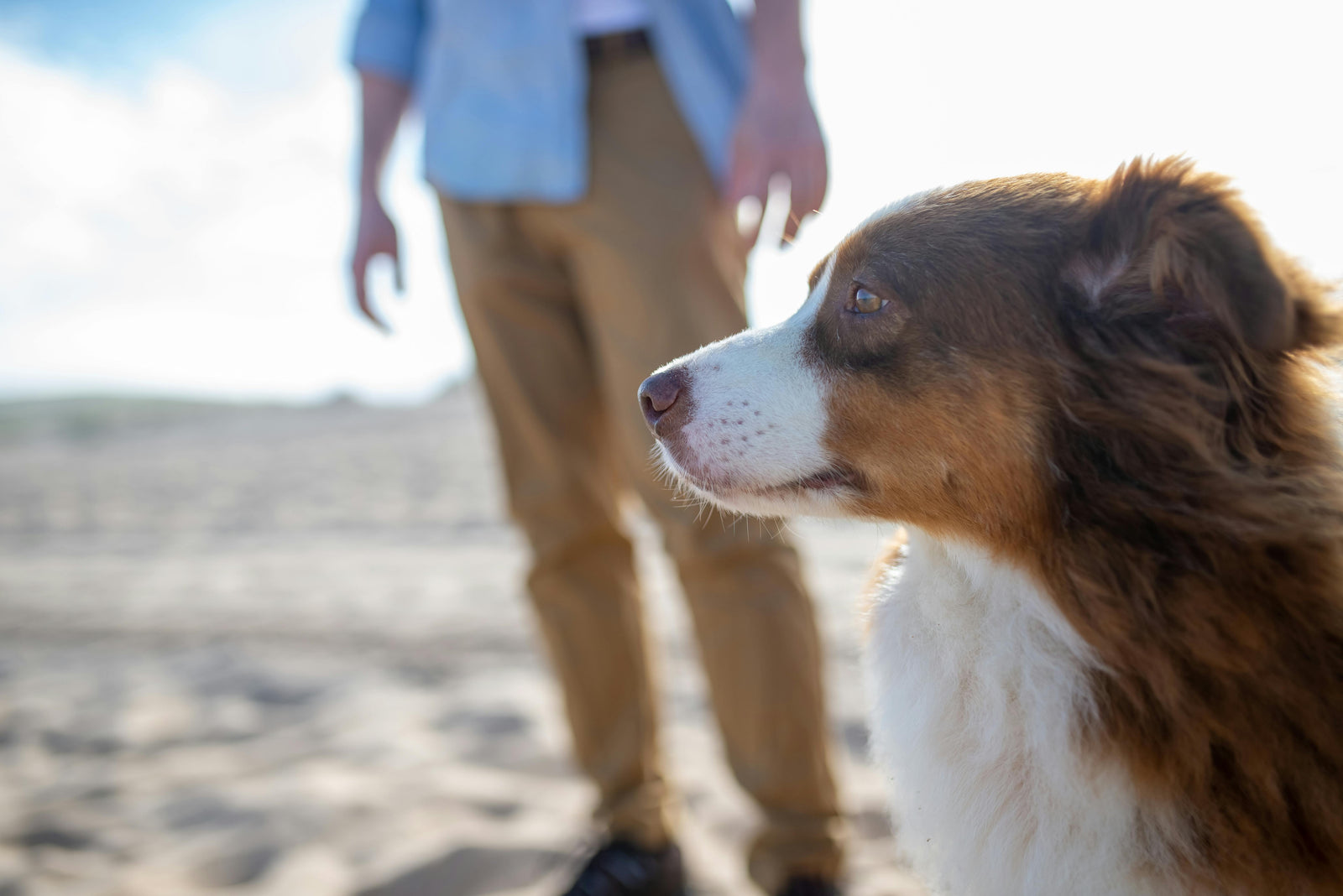
How often should you treat your dog for fleas in Australia?
August 21, 2025 2 min read
A simple schedule for flea prevention in Australian dogs. What to use, how long to treat, and how to stay on time—even if you already have fleas at home.

Travelling tradies with dogs: parasite guide
August 19, 2025 2 min read
A road-ready parasite plan for tradies and their dogs. Ute and site hygiene, packing list, dose timing, and trusted product picks.

Join the pack!
Get 10% off your first order





